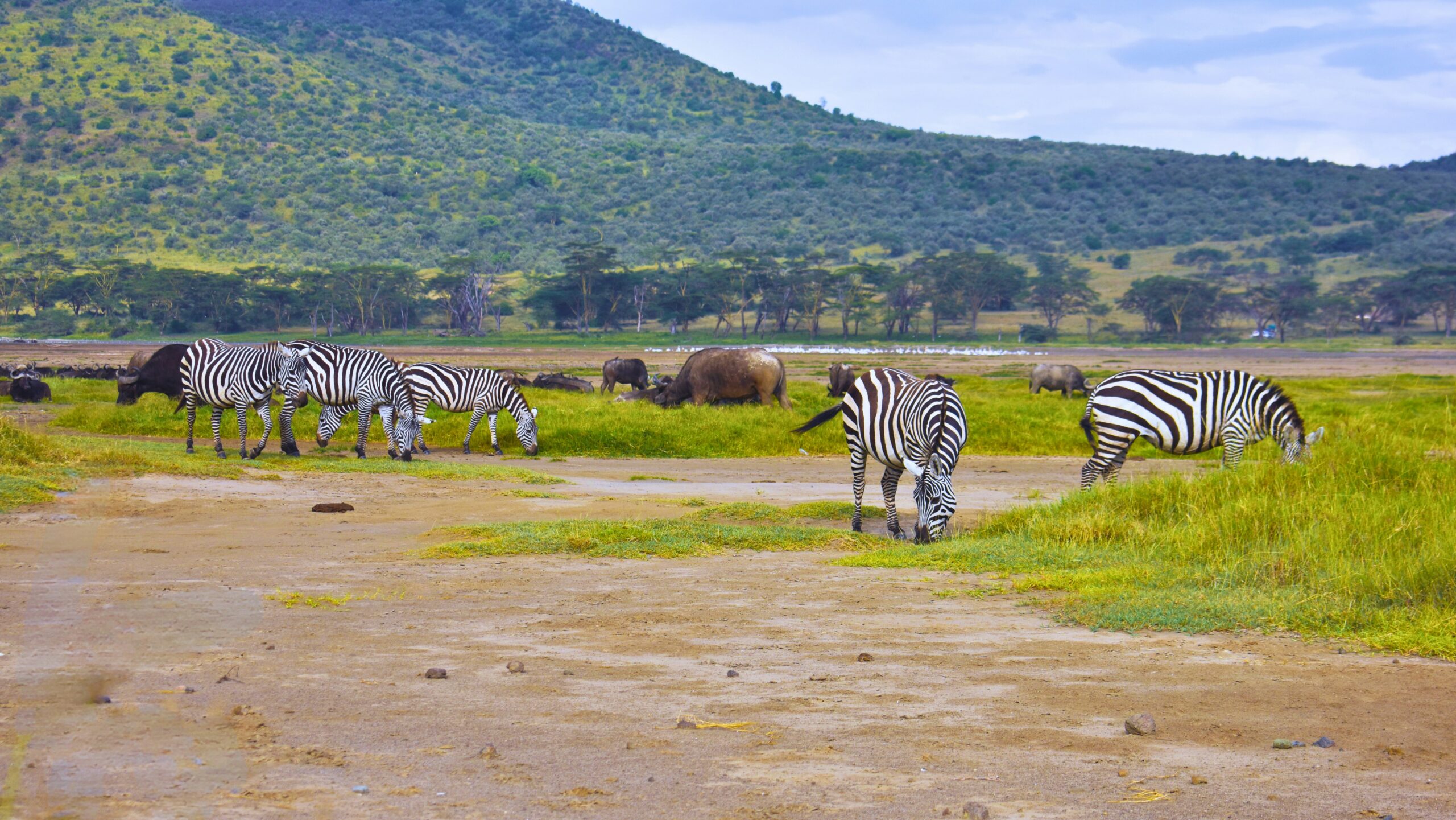
Kenya stands at the forefront of African wildlife conservation, blending cutting-edge science with community-based protection models. This guide explores the groundbreaking programs preserving Kenya’s iconic species, and how responsible tourism directly contributes to these efforts.
Why Kenya’s Wildlife Matters
✔ Global Biodiversity Hotspot: 25,000+ species
✔ Economic Engine: Tourism generates 12% of GDP
✔ Cultural Legacy: Wildlife is central to Kenyan identity
“Explore best-national-parks-in-kenya-top-10-safari-destinations supporting conservation”
Flagship Conservation Success Stories
1. Rhino Comeback
– Population Growth: From 380 (1989) to 1,890 (2023)
– Key Sanctuaries: Ol Pejeta, Lewa, Nakuru
2. Lion Protection
– Lion Count: 2,500+ (Africa’s 3rd largest population)
– Innovation: Predator-proof bomas (livestock enclosures)
3. Elephant Recovery
– Poaching Decline: 90% reduction since 2013
– Research Leader: Amboseli Elephant Research Project
“Join our tours to support these efforts”
Kenya’s Conservation Model
| Approach | How It Works | Example |
| Protected Areas | 23 National Parks, 28 Reserves | Maasai Mara |
| Community Conservancies | 160+ Wildlife Areas | Northern Rangelands Trust |
| Anti Poaching Units | KWS + NGO Partnerships | Big Life Foundation |
| Tourism Revenue Sharing | 50-80% To Communities | Mara Conservancies |
Top Conservation Organizations
1. Kenya Wildlife Service (KWS) – Government protection
2. Sheldrick Wildlife Trust – Orphan rehabilitation
3. Save the Elephants – Research & advocacy
4. Lewa Wildlife Conservancy – Rhino sanctuary
How Safari Tourism Helps
Your Visit Supports:
✔ Ranger salaries & equipment
✔ Wildlife monitoring tech
✔ Community education
✔ Habitat restoration
Ethical Travel Tips:
✅ Choose conservancy camps
✅ Book eco-certified operators
✅ Support local artisans
Visitor Participation Opportunities
1. Citizen Science Programs (ID lion prides, report sightings)
2. Conservation Fees (Directly fund projects)
3. Eco-Lodge Stays (100+ certified properties)
4. Adoption Programs (Elephants, rhinos, big cats)
Ongoing Challenges
⚠️ Human-Wildlife Conflict (60% of conservation costs)
⚠️ Climate Change (Drought impacts)
⚠️ Illegal Wildlife Trade (New market trends)
Book a Conservation Safari
Wildebeest Migration Safaris partners with:
✔ professional guides
✔ Community conservancies
✔ Research organizations
📞 Call/WhatsApp: +254 707125675
🌐 View Packages: https://wildebeestmigrationsafaris.co.ke/
📱 Follow Us: Facebookhttps://www.facebook.com/wildebeestmigrationsafaris | Instagramhttps://www.instagram.com/wildebeest_migration_safaris/
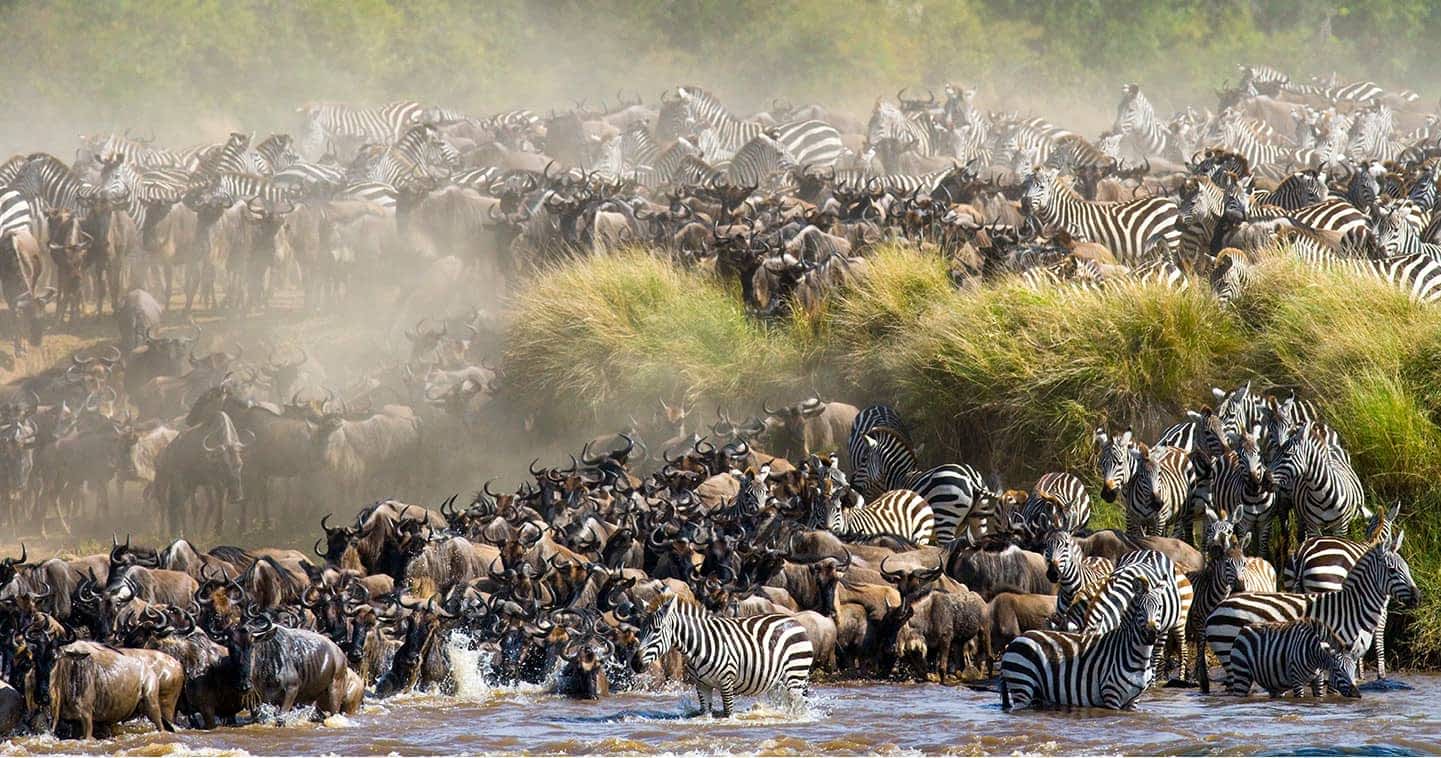
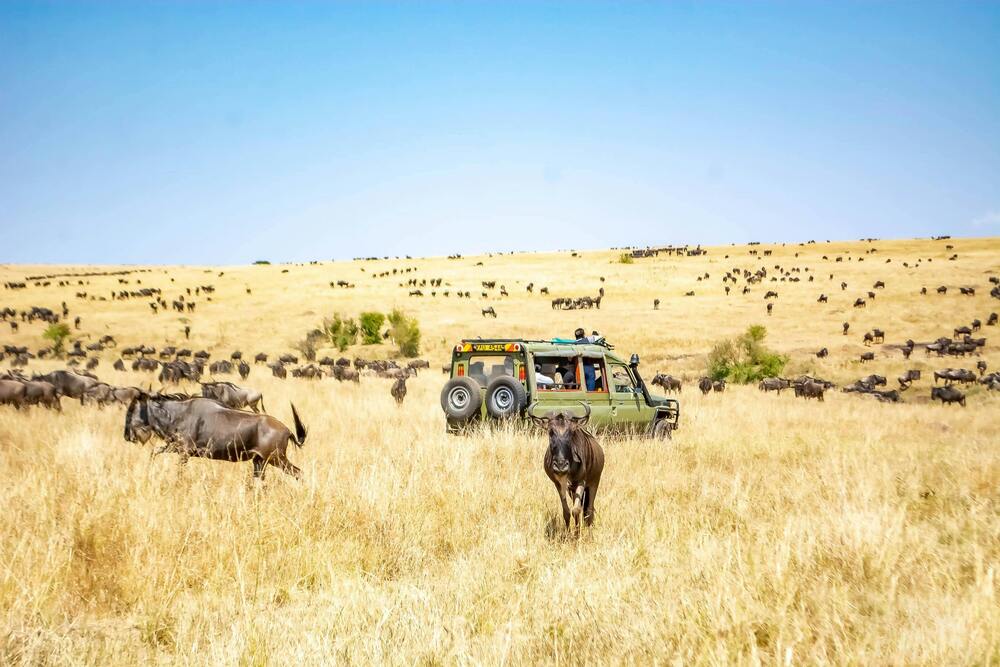
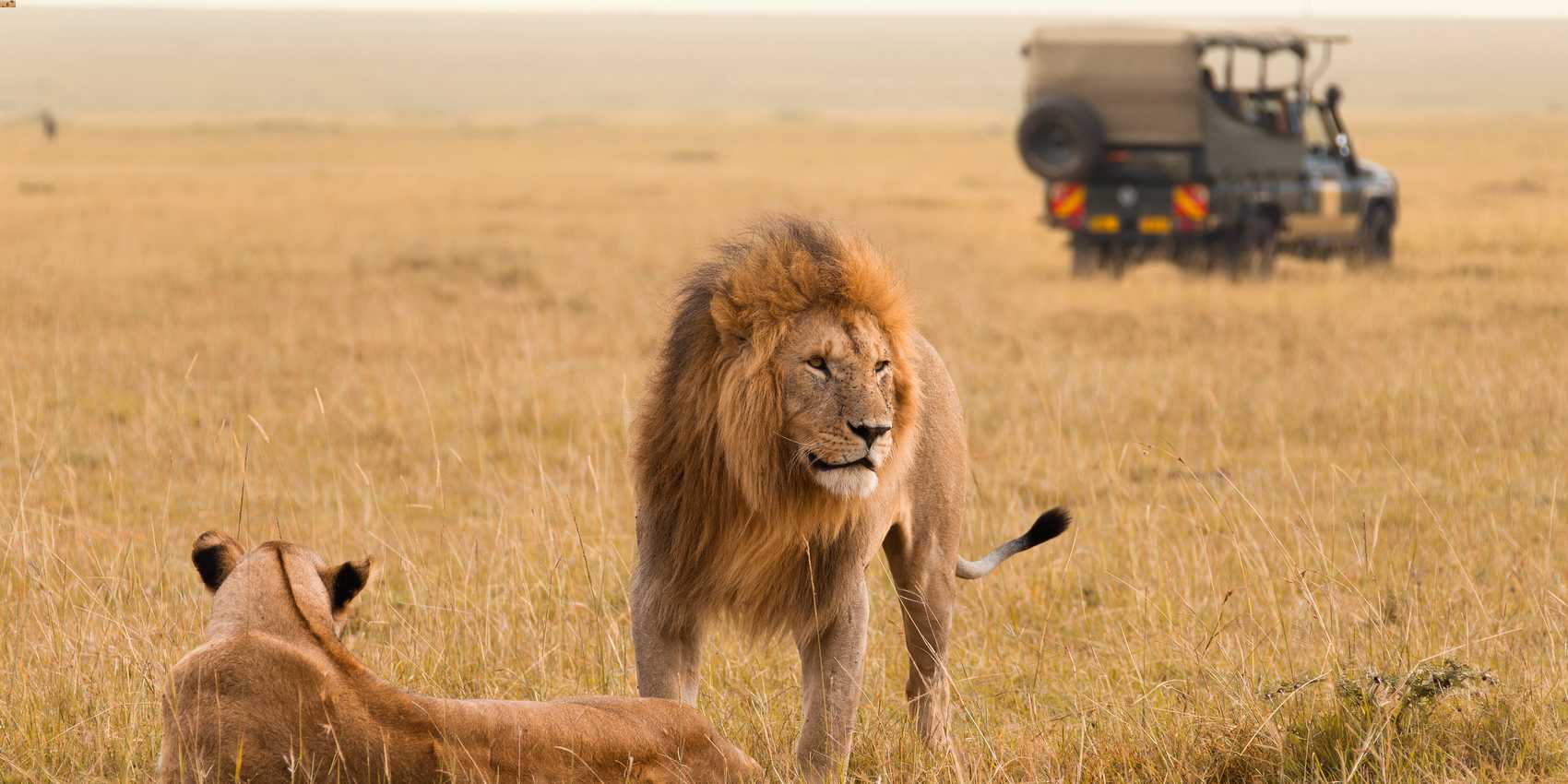

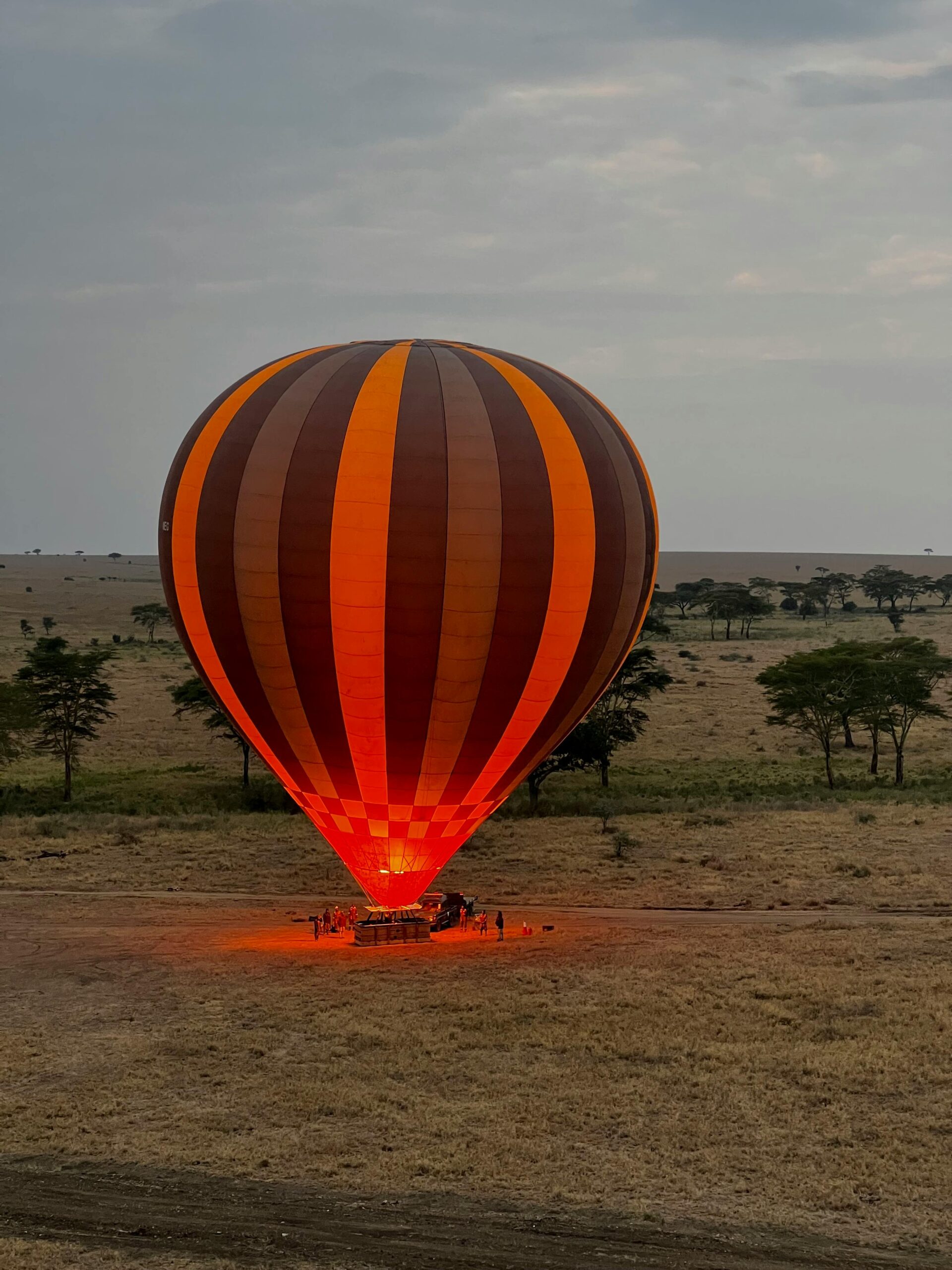


Wildebeests Migration Safaris, offers exceptional safari experiences focused on Kenya’s renowned wildlife. Specializing in guided tours we take guests through iconic locations like the Maasai Mara, Lake Nakuru, Amboseli, Samburu, Ol Pejeta and Many More.
Top Destination
Information